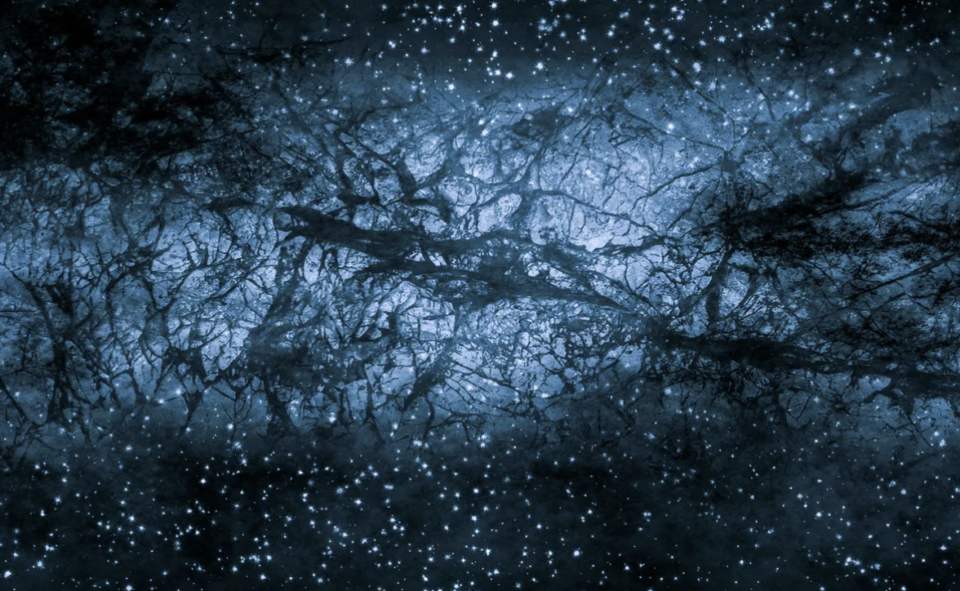In the 1930s, Fritz Zwicky, a Swiss astronomer, observed that galaxies in a distant cluster were moving faster than expected based on visible mass. He proposed the existence of dark matter, an unseen substance with gravitational influence. Since then, dark matter’s presence has been confirmed in the universe, constituting six times more mass than visible matter. However, scientists still grapple with several unanswered questions about dark matter.
One fundamental mystery revolves around the identity of dark matter. Initially, it was theorized to be composed of faint stars and black holes, but observations haven’t supported this idea. The leading contender is the Weakly Interacting Massive Particle (WIMP), yet its nature remains elusive. Detecting dark matter has proven challenging, as WIMPs, if they constitute dark matter, are difficult to spot due to their minimal interaction with regular matter. Various experiments aimed at detection have yielded no credible results.
Another intriguing question concerns whether dark matter comprises multiple particles or if it’s as complex as visible matter, which consists of various particles. Additionally, scientists explore the possibility of dark forces acting on dark matter, analogous to electromagnetic forces in ordinary matter. Some researchers consider axions, incredibly light particles, as an alternative to WIMPs. However, the properties of dark matter remain largely unknown.
The presence of dark matter in every galaxy is questioned after the discovery of NGC 1052-DF2, a galaxy seemingly devoid of dark matter. The DAMA/LIBRA experiment’s periodic oscillation results have intrigued physicists but remain unconfirmed. There’s also speculation that dark matter might have electrical charge, drawing heat away from hydrogen, potentially explaining certain phenomena. Furthermore, scientists investigate if ordinary particles can decay into dark matter. Finally, some question whether dark matter exists at all, proposing modified Newtonian dynamics (MOND) theories as an alternative to explain observed celestial behaviors.
Despite these mysteries, recent evidence continues to suggest the existence of dark matter, emphasizing its enduring enigma in our understanding of the universe.

